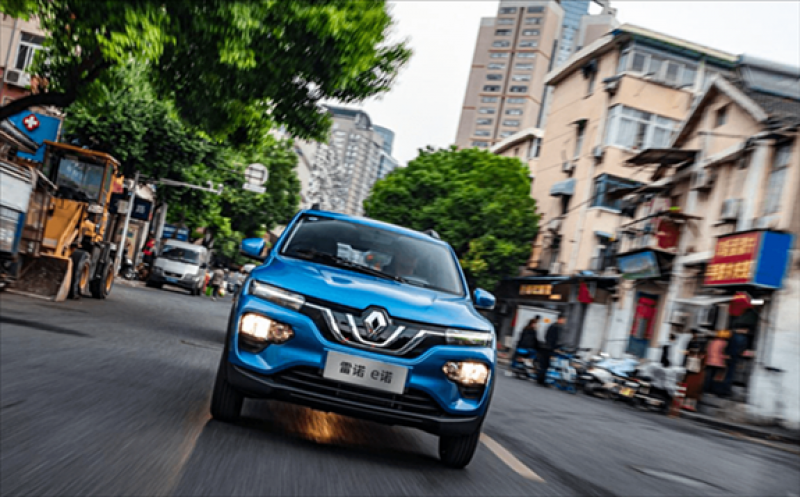The State Council of the People’s Republic of China has now confirmed that the share of New Energy Vehicles (BEV, PHEV and FCEV) in total new car sales in China is expected to rise to 20 per cent by 2025 and account for the majority of sales by 2035.

The interim goal of a 20 per cent share of NEV by 2025 is to be achieved through, as the English document phrases it: “groundbreaking successes in batteries, drive motors and vehicle operating systems”. Incidentally, this share corresponds exactly to the target set by SAE China last week. The Chinese Society of Automotive Engineers advises the Ministry of Industry and Information Technology and these iterations can be seen again in the circular letter from the State Council. Another document, in Chinese on the Chinese government site, with the title “The General Office of the State Council issued the New Energy Vehicle Industry Development Plan (2021-2035)” goes into different details from the circular made available in English.
In the English document, rather than mention the target of a 50 per cent NEV share for 2035 announced by SAE China, it rather sets a technology target: “The core technology of the Chinese NEV industry should leapfrog to the international advanced level in the next 15 years with energy consumption per 100 kilometres dropping to 12 Kwh” Currently, electric cars on the market and introduced as concepts have an average of 19 kWh per 100 kilometres, but some cars such as Tesla Model 3 Standard Range and Hyundai Ioniq have an average of 14.8 kWh and 15.3 kWh per 100 km respectively. Generally, the larger electric models have higher energy consumption per 100 kilometres, with a few exceptions including the two mentioned.
In the release of the government’s plan in Chinese, there are some quite strong statements (translated): “By 2035, pure electric vehicles will become the mainstream of new vehicles sold, public sector vehicles will be fully electric, fuel cell vehicles will be commercially available, and highly automated driving vehicles will be applied on a large scale, effectively promoting energy conservation and emission reduction and improving social operational efficiency.” This sounds like: by 2035, the majority of vehicles sold will be purely electric, which goes back to the 50% mentioned in the SAE report.
Both the circular letter and the Chinese report on the governmental transport plan underline that the development and commercial use of solid-state batteries should be accelerated and the recycling and reuse of batteries improved.
Transport infrastructure should also be improved. In the case of charging points, this is to be achieved “with scientific coordination with urban and rural construction planning, power grid planning, property arrangement, parking, and more”. For the supply of hydrogen, the circular remains vague, and talks about “proper funding” while the Chinese document of the plan talks about infrastructure in terms of charging (as we know it), switching – so battery swapping – and “hydrogenisation”, ie. hydrogen refuelling infrastructure.
In some areas, the proportion of NEVs should already be 80% from 2021 onwards. This will be in “the national ecological civilization pilot zone, air pollution prevention key areas of the public sector new or updated bus, rental, logistics and distribution vehicles in new energy vehicles,” according to the Chinese document.
The State Council also formulates two demands in English: First, technological innovation should be spread over BEVs, PHEVs and FCEVs, and not just rely on one technology, which was clear in the SAE report. In addition, the NEV industry should “actively participate in the formulation of international rules and standards to facilitate the creation of an open, transparent and inclusive international NEV market environment”. The Chinese document talks about a lot of interconnected, cooperative technology, on the other hand, says that “The plan calls for giving full play to the role of market mechanisms, promoting the survival of the fittest, supporting mergers and reorganization of superior enterprises, getting bigger and stronger, and further improving industrial concentration.”